A comparative study of the recovery speed index among deaf youth sprinters
Main Article Content
Abstract
The aim of the research was to identify the recovery speed index among deaf youth sprinters. The researchers used the descriptive approach due to its suitability and the nature of the research. The sample of the research was the Paralympic players in Diyala Governorate for short runs. As a result of the rapid development in the components of the training load, interest began in sports recovery processes and the speed of ridding the player of the effects of fatigue resulting from the training dose or competition. The researchers concluded that the players of both events, 100m and 400m freestyle, are at an average level of ability. They also recommended emphasizing the use of the anaerobic capacity index due to its importance in reflecting the health and physical condition of the players and its reflection on the level of their technical performance.
Article Details

This work is licensed under a Creative Commons Attribution-NonCommercial 4.0 International License.
References
Ahmed, M. S., Merhij, L. A., & Abdullah, A. J. (2019). An Analytical Study of the Trends of Scientific Thesis in Individual and Secondary Games According to the Specialties of the Departments of the Faculty of Physical Education for Girls/Alexandria University for the Period (2000-2017). Indian Journal of Public Health, 10(10), 3069.
Al-Zuabi, M., & Talafeha, A. (2012). Statistical System SPSS Understanding and Analysis of Statistical Data. Dar Wael: Amman, Jordan.
Bompa, T. T. zivic. (1981). fitness and body development exercise .dubuque (p. 44). I:kendall/hunt.
Delecluse, C. (1997). Influence of strength training on sprint running performance: Current findings and implications for training. Sports Medicine, 24, 147–156.
DIWAN, L. A. L., Mahdi, H., & JAWAD, S. (2013). PREPARING OF LEARNING PORTFOLIO TO TEACH THE TECHNICAL PERFORMANCE OF THE LONG JUMP ACTIVITY FOR DEAF. Ovidius University Annals, Series Physical Education & Sport/Science, Movement & Health, 13.
Fox, E., Bowers, R., & Foss, M. (1988). The Physiological Basis fir Exercise and Sport. WBC Brown and Benchmark Publishers Dubuque, 324–326.
Hussein, A. A. J., Ahmed, M. S., & Kamal, M. W. (2018). Study of some physical and motor abilities and anthropometric measurements and their relationship to the skill of dribbling in football. Journal of Sport Science.
Judi, S. K., Ab’ub, H. A., & Heidar, A. K. (n.d.). Global Journal of Engineering Science and Research Management.
Mazurek, B., Ali, Q. M., & Mashkoor, N. H. (2024). THE USE OF ELECTRIC TRANSFER 448 kHz THERAPY IN SPORT AND IMPACT OF HUMAN MESENCHYMAL STEM CELLS. Journal of Studies and Researches of Sport Education, 34(4). https://doi.org/https://doi.org/10.55998/jsrse.v34i4.589
Qasim, A.-M. at al. (1989). Tests, measurement and evaluation in physical education (p. 68). Dar Al-Hekma.
Raysan, K. M. (2002). Sports Physiology (Dar Al-Shorouk, Ed.).
suzan, K., Judy, A. S., Mahmoud, A., & Khalaf, H. (2020). The effectiveness of using dry and wet cupping therapy to get rid of Osteo prominent in the lower heel of the Down syndrome class. International Journal of Psychosocial Rehabilitation, 24(8), 15.





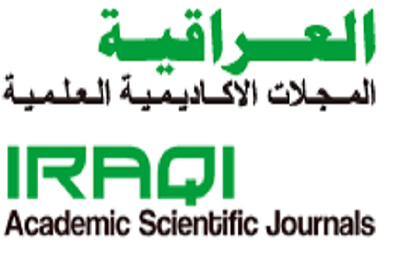 IASJ
IASJ CC-BY-4.0
CC-BY-4.0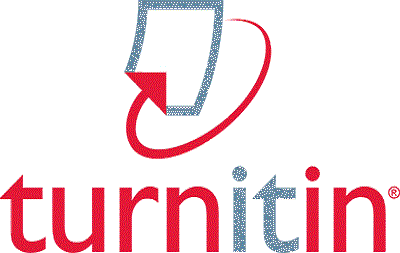 turnitin
turnitin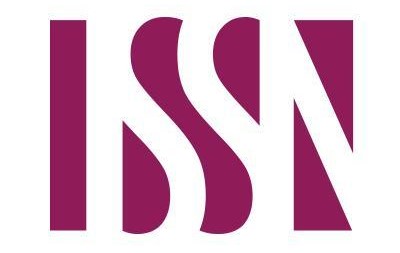 ISSN
ISSN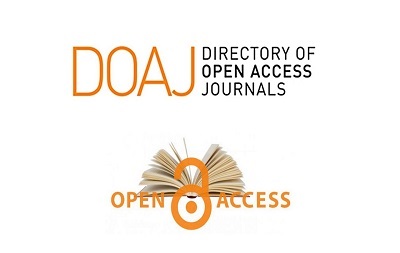 DOAJ
DOAJ Crossref
Crossref GoogleScholar
GoogleScholar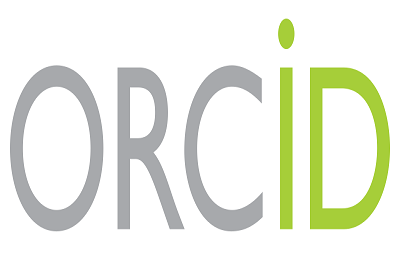 Orcid
Orcid